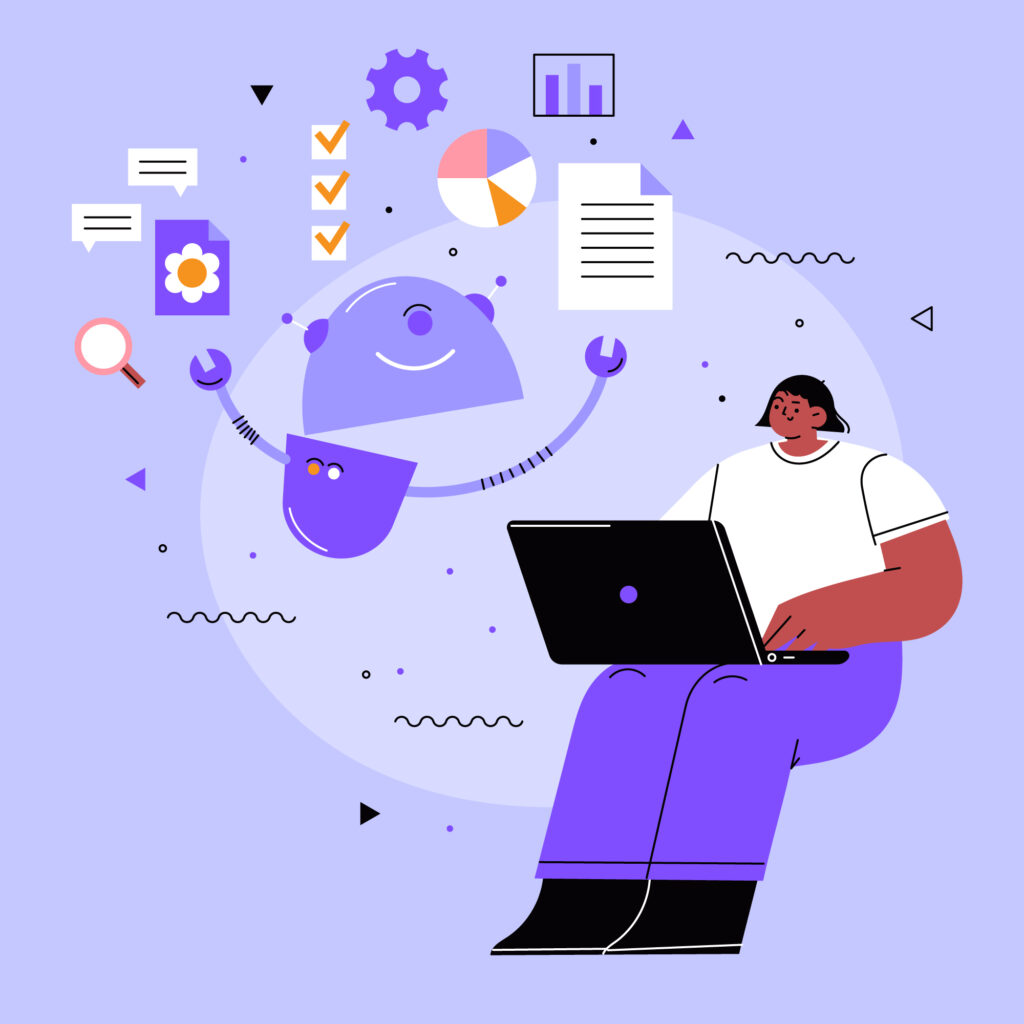The Dual Nature of Automated Content: Opportunities and Obstacles
In the era of rapid technological advancement, Artificial Intelligence (AI) has emerged as a transformative force across various industries. Today it assists individuals in actualizing their creative thoughts and crafting their outputs. Particularly, it has been utilized in content creation, whether for academic, business, or entertainment purposes.
Content produced by artificial intelligence encompasses various forms like blogs, marketing materials, articles, and product descriptions. AI generates this content through the provided input by individuals–keywords, phrases, and topics. Businesses and organizations are increasingly recognizing its potential due to its ability to speed up the writing process thus, using AI to generate content is gaining popularity.
While the adoption of AI in content generation offers promising opportunities for efficiency and productivity, it also presents limitations that must be carefully evaluated. Delving deeper into its potential, it becomes evident that automated content generation entails both distinct advantages and limitations worth exploring.
Benefits of Automated Content Generation
Brainstorming Made Easy
When students are swamped with quizzes, presentations, and those dreaded essays, it’s like their brains are on overdrive. And when deadlines keep coming, AI can swoop in to help churn out some fresh ideas and take off some of that mental load. Not only for students but generally, AI can help produce ideas which could cut down on time for brainstorming content.
Writing Becomes Faster
If AI can come up with ideas, it can definitely provide the whole content too. Just give it a few cues and the content is ready in a flash. This speedy AI production lets users focus on the meaty parts of content creation–like strategizing and polishing up the final product.
Cost-Effective
AI doesn’t only create content but also can fine-tune it for search engines, making it more visible, and customizing it for different audiences to boost engagement. Additionally, it takes off a load of repetitive tasks from creators and employees of businesses to focus on much more complex and important tasks. This way, businesses save time and focus on planning, while upping productivity of their people.
Limitations of Automated Content Generation

Still Needs Human Supervision
Similar to how manufacturing companies have machines and still have humans operate them, AI still needs human supervision. As mentioned earlier, it needs prompts from users to generate content and human intervention is still important in ensuring the accuracy, relevance, and coherence of the content. Without it, there is a risk of low-quality and inappropriate content that may harm the reputation of users, businesses, and organizations.
Lacks Human Emotions
Another limitation of automated content generation is its inability to convey human emotions effectively. Although, of course, this is to be expected from software that is coded to make a machine intelligent enough to do human tasks. AI may excel in analyzing data and text generation, but it fails to replicate nuanced emotions and empathy conveyed through human writing. Therefore, it is the work of the users to fill in the lack of emotional resonance that may fail to engage and connect with audiences on a deeper level.
Not So Reliable
Despite advancements in AI technology, automated content generation still faces challenges in ensuring the reliability and credibility of the information presented. There have been instances where AI models reportedly generate fake resources which poses problems with their trustworthiness.
It is important to remember that AI algorithms rely on data inputs and patterns to generate content, which may lead to inaccuracies or biases in the output. Without robust fact-checking mechanisms and human verification, there is a risk of propagating misinformation or misleading content. Moreover, AI-generated content may lack the depth of research and critical analysis of content authored by humans, leading to questions about its credibility and trustworthiness.
Therefore, it is the responsibility of the users to exercise caution and double-check the information generated by artificial intelligence. There are risks of disseminating false and inaccurate information through automated content generation.
Conclusion
Ultimately, the responsibility for the ethical and responsible use of AI in content generation rests with the users. It is imperative for individuals and organizations to exercise caution, skepticism, and critical thinking when utilizing AI tools. By understanding the capabilities and limitations of AI, users can make informed decisions to harness its potential for positive impact while mitigating the risks of unintended consequences. Through collaborative efforts between humans and AI, we can navigate the evolving landscape of content creation, ensuring that the content we produce reflects our values, integrity, and commitment to excellence.
In the end, it is the users who wield the power to shape the future of AI-driven content generation, making decisions that uphold ethical standards, foster creativity, and contribute to the advancement of society.
References:
- Hetler, A. (2023, September 21). Pros and cons of AI-generated content. TechTarget.
- Hillier, M. (2023, February 20). Why does ChatGPT generate fake references?. Teche. https://teche.mq.edu.au/2023/02/why-does-chatgpt-generate-fake-references/
Published on March 18, 2024.
Stay tuned for new blogs every Monday!
Follow the iMPACT Magazine on social media for more informative content.






